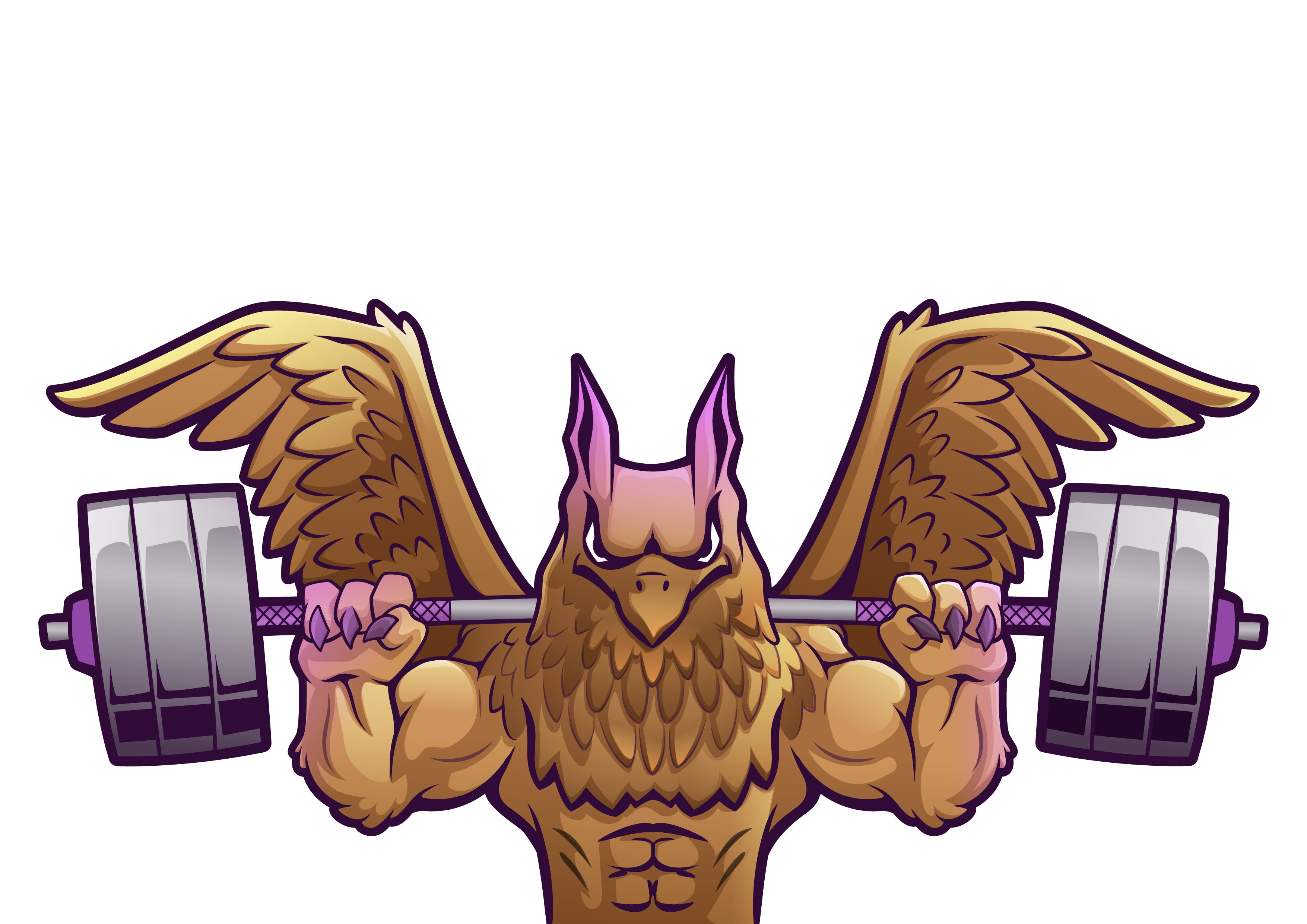Feedback
By Gus
Improving a skill relies upon feedback. Ideally you find an objective measure that correlates with the skill, and chart that measurement consistently. As the metric improves, you can be confident your skill improvement was a driving factor. This objective feedback is invaluable as evidence of where your efforts have brought you, but fall short when it comes to making changes in the short-term. The baseball pitcher having just thrown their first 90mph fastball cannot simply note the measurement, try harder, and expect that 91mph will assuredly follow.
What evidently helps in the short-term, but lacks a definitive correlation, is coaching. An athlete can coach themselves. A peer can coach a peer. A teacher can coach a student. All of these have their place! But the value of coaching is in feedback. Upon receiving feedback on a task, the athlete’s next action can be judged, considered a positive change, a negative change, or neutral, and this will result in another piece of feedback. The loop continues on and on.
In the context of strength training we can consider feedback in four realms: instruction, real-time, immediate retrospective, and delayed retrospective.
Instruction
Prior to any lift, the coach may provide instruction. Informing the lifter of a new concept not discuss in previous training sessions, or perhaps alerting the lifter to a new cue (to be defined in a moment) that they can expect to hear while lifting. Good instruction is informed by the accumulated theory of the coach, and also a coach’s prediction of how the lifter is about to perform. The instruction is built from the days prior.
Real-time Feedback
While performing a lift, the athlete can be given feedback that’s immediately actionable. These take the form of “cues:” short statements that serve as a reminder of an important idea. The lifter may even be repeating something to themselves (“knees out, knees out”) and this is still a coaching cue. Upon receiving a cue, the athlete has the potential of making an immediate correction or improvement.
Having an outside observer becomes valuable for this effort. As you lift, your energy needs to be spent moving the barbell not processing ideas in your brain. Personally, I find it hard to focus on more than one cue in my mind while lifting. The observer has more freedom, leaving the mental energy to triage issues cue, determine a short cue, announce the cue at the most opportune time, and judge the athletes reaction. Professional coaches spend a great deal of time adding to their toolbox of cues, and thus have many options during a lift; this is part of the craft. But even for a novice lifting partner that hasn’t accumulated many cues yet, the process is the same.
Immediate Retrospective Feedback
With in-person coaching, immediately after leaving the bar the athlete can receive feedback in a longer form. The reaction to any cues given should have been judged, and the findings can now be reported. The athlete can provide additional information about how they felt during the lift (“I felt a little off balance during the shrug.”)
In lieu of a coach, a video recording is an excellent tool. In the age of film this wouldn’t be a possibility for immediate feedback, but modern technology makes video recording and playback plenty accessible. The lifter can watch the lift themself and act as their own coach for the retrospective. This additional perspective can serve them on the next set.
Delayed Retrospective Feedback
Severely less valuable than immediate, but incredibly more valuable than nothing, is delayed retrospective feedback. The most common form of this is what has come to be known on the internet as a “form check.” The lifter takes a video recording, and a coach reviews the video well after the training session has completed. These efforts are still valuable: a coach has the chance to notice any glaring errors that may require a change in programming or additional skill practice. The video provides a specific example that can be referred to in a piece of instruction. And it allows athletes to work with coaches regardless of their location.
Read more about Coaching Feedback in The Blue Book
Pages 70 and 71 of the third edition contains a section subtitled “Coaching Cues,” near the end of the Squat chapter. The explanation emphasizes the need for cues, real-time feedback during a lift, to be a reminder to the lifter as opposed to instruction.
